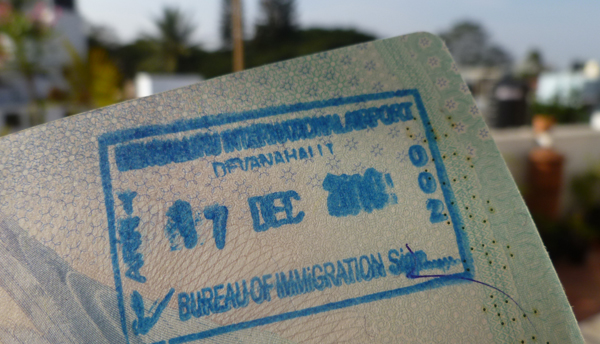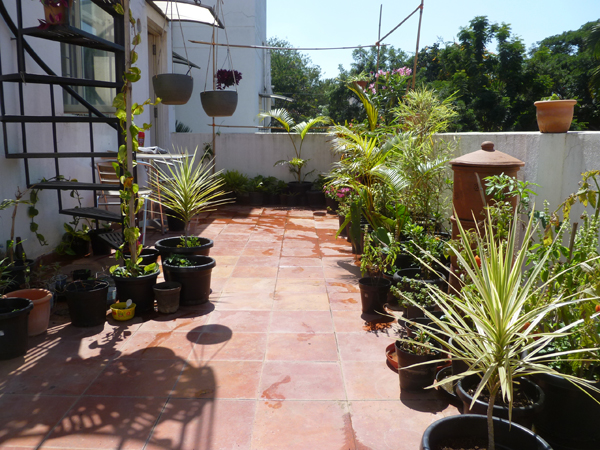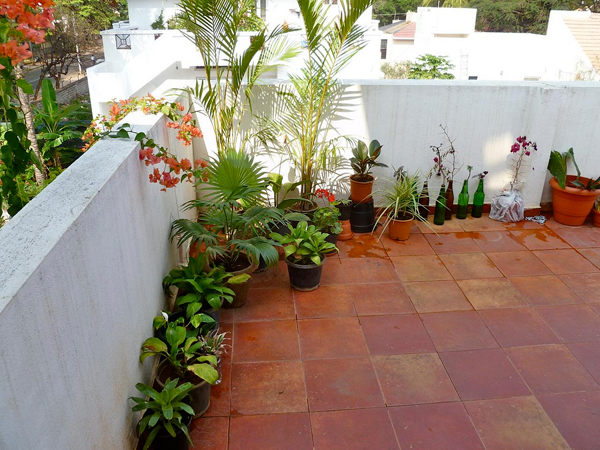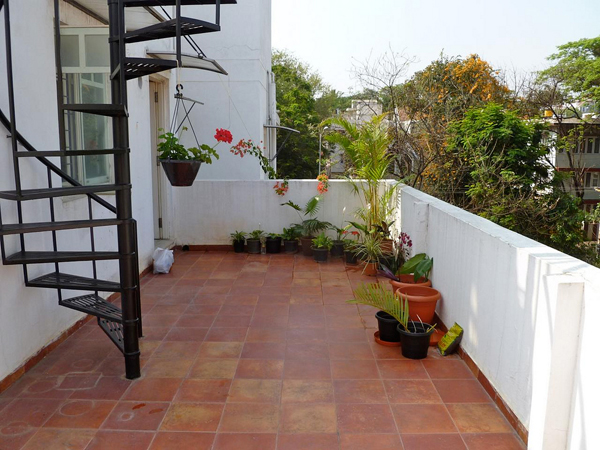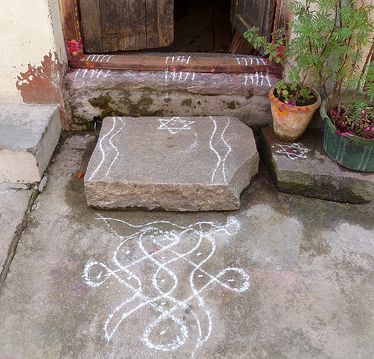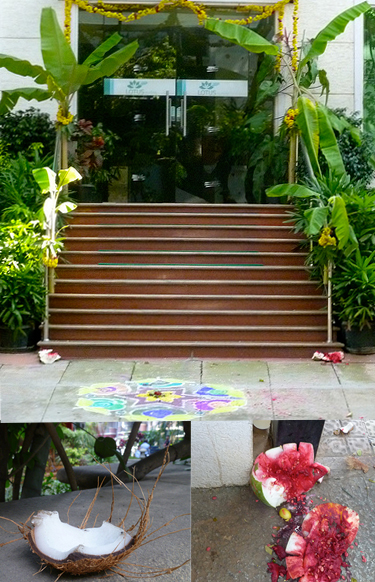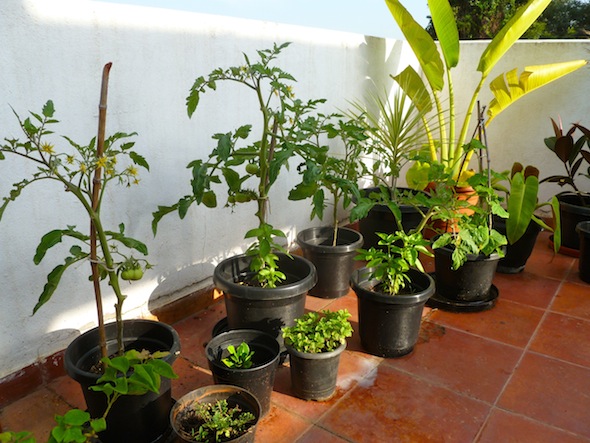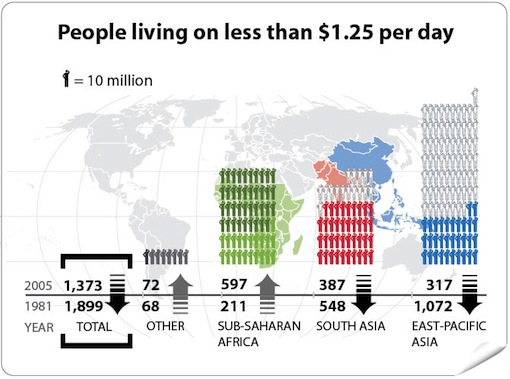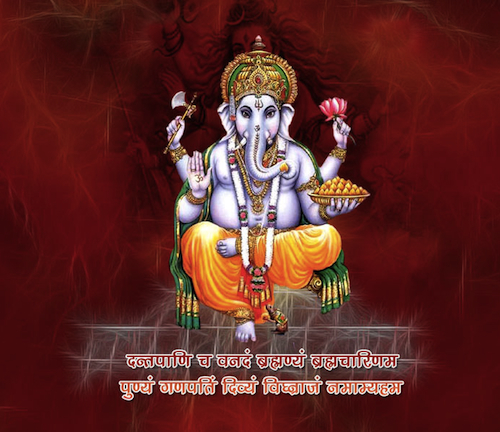Festive 50 Part 1: 50-41
It’s almost the end of the year, which as everyone knows is when you’re supposed to make lists.
So, in loving memory of one of my all-time heroes, the late and very-much missed John Peel, I’m going to write up my own “Festive 50” — in my case a list of 50 notable things about India — over the next few days. Unlike Peel’s 50, these aren’t really in any particular order…
Anyway, 50-41 are Birds.
I’m a big nature-lover and one of the first things I noticed about moving to Bangalore was the local bird-life… there are quite a few species here that I’d never seen before, and some of the more common ones here are quite spectacular as well.
#50: Black Kite

A bird of prey, and surprisingly — especially for a new-comer like me — one of the most common birds you will see in most Indian cities, looking a bit like a small Eagle but easily identified by its forked tail. Its cousin the Red Kite almost became extinct in the UK, being limited to a very small population in Wales, but in the last 10 years a conservation programme has managed to re-introduce them in Scotland and England.
You can see these absolutely everywhere, and one of the big surprises for me was that they flock together in big groups, almost like gulls do. It’s not uncommon to see large groups circling around the roof of some place, either in search of food or a thermal air current to glide on. The one pictured hangs around my current flat and has been building a nest at the top of a ridiculously tall and wobbly tree. The call is notable too — very distinctive and quite haunting, and I recognised it from samples on tracks by Indian musicians. Despite being so gregarious they’re definitely hunters, and I’ve seen a couple land on my roof only a few feet away and get stuck into eating some small mammal they had just caught. (There’s definitely no shortage of rats here.)

(pic by krayker@flickr)
A close relative is the Brahminy Kite with its distinctive white head, and which looks a bit like a small version of the American Bald Eagle, as depicted on the seal of the president of the USA. These are almost as common as the Black Kites where I live, and I regularly see them competing with/fighting/chasing each other, as well as crows, for food and nesting places.
#49: Red-Whiskered Bulbul

In contrast to the kite, these guys are small and very chirpy. A pair of Red-Whiskered Bulbul regularly visit my balcony and they invariably sing away — quite melodic, and surprisingly loud for a small bird. Immediately recognisable due to their punky haircut and red cheeks, they’re related to the Nightingale and used to be kept as cage-birds in India for their singing.
#48: Ring-Necked Parakeet

These bright green birds have an unmistakeable loud SCREECH as they fly overhead, usually in groups of a dozen or two. Anyone who’s ever lived in South-West London will recognise them, since there’s a sizeable feral population there. I used to see (and hear) them regularly when walking to college through Hyde Park.
I ‘clicked’ this one (as we say here) at Amer Fort in Jaipur, but I’ve seen them everywhere I’ve travelled. I haven’t investigated at all, but they seem to be used to by fortune-tellers who sit by the side of the road with a parakeet in a small cage…. it looks like they come out and pick cards from a pack, which are then used in the fortune telling. I’ve seen this in Pondicherry, Mysore and Jaipur, so I’m guessing it’s common everywhere.
#47: White-cheeked Barbet
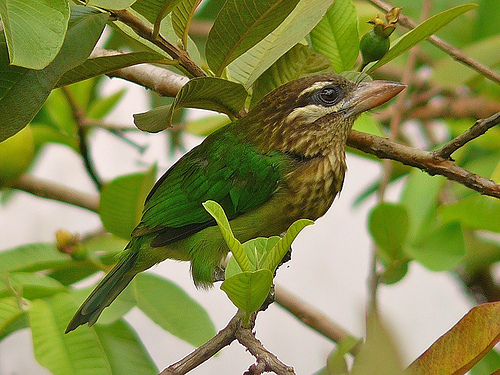
(pic by sandeepak@flickr)
There are several of these living around my flat, but I’ve found them almost impossible to photograph. A small, chunky bird with striking green plumage, I usually see them as they whizz by in a flash of colour, zooming from one tree to another. Usually heard rather than seen, they have a very distinctive song, starting with a slow but loud repeating “chirrup” which gets faster and seemingly louder. Often I hear two together, which results in an interesting cross-rhythm.
#46: Greater Coucal

A bit of an oddity this one, big but extremely shy — I took this pic of one on my neighbour’s balcony just after sun-up. The Greater Coucal is a member of the cuckoo family, but is bigger than a crow, and has a distinctive curved end to its tail. Its call is a low booming whoop that has “Jungle” written all over it, and can be so loud that I’ve been woken up by them early in the morning.
#45: Purple Swamphen

I spotted this chap by a lake in Mysore, which supposedly also has crocodiles, although I didn’t see any. Bears an obvious resemblance to a typical Moorhen that you’d find in Europe, but rather more colourful.
#44: Bee-Eater
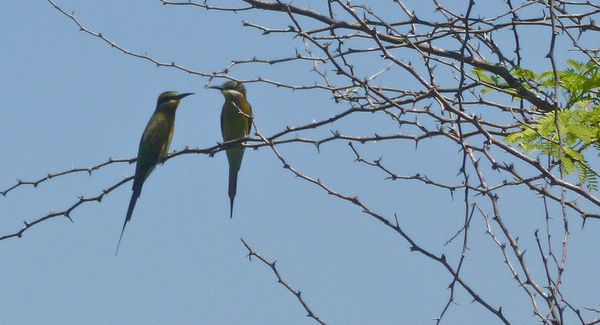
From the same lake in Mysore. Loads of these flitting around. Very pretty and elegant birds.
#43: Indian Black Ibis

And the last of 3 from that same lake in Mysore. Similar to the Ibis you would see in Europe, but very dark and with a distinctive red spot on the head.
#42: Purple Sunbird

(pic: J. M. Gard @ Wikimedia Foundation.)
Another one that’s almost impossible to photograph, mainly because it’s so small and fast. I regularly see a pair of these knocking around on my balcony, or on the African Tulip Tree in front of the flat. They seem to be on good terms with the Bulbuls and I often see them together.
These are really tiny creatures who feed on nectar from flowers, and as such they resemble Humming Birds.
#41: Drongo
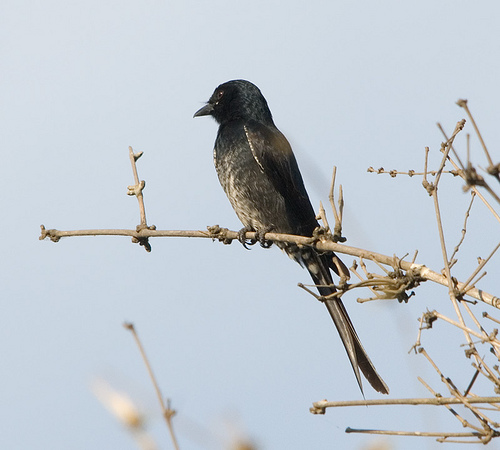
(pic by yeliseev@flickr)
Another really shy bird… I’ve only recently started to spot these. Easily identified by the very long and forked tail, Drongos flit around catching flies, with movements reminiscent of a Lark.
* * *
Moving to a country with such different flora and fauna is one of the things that makes it feel so different, even exotic. There really is proper jungle around here, and even the part of Bangalore where I live used to be a forest only 30 years ago. Trees are dramatic and colourful, and the birdsong sounds really different to anything I’ve been used to — although it’s pretty hard to hear it most of the time because of the incessant car horns. Early on Sunday morning can be magical, though…
